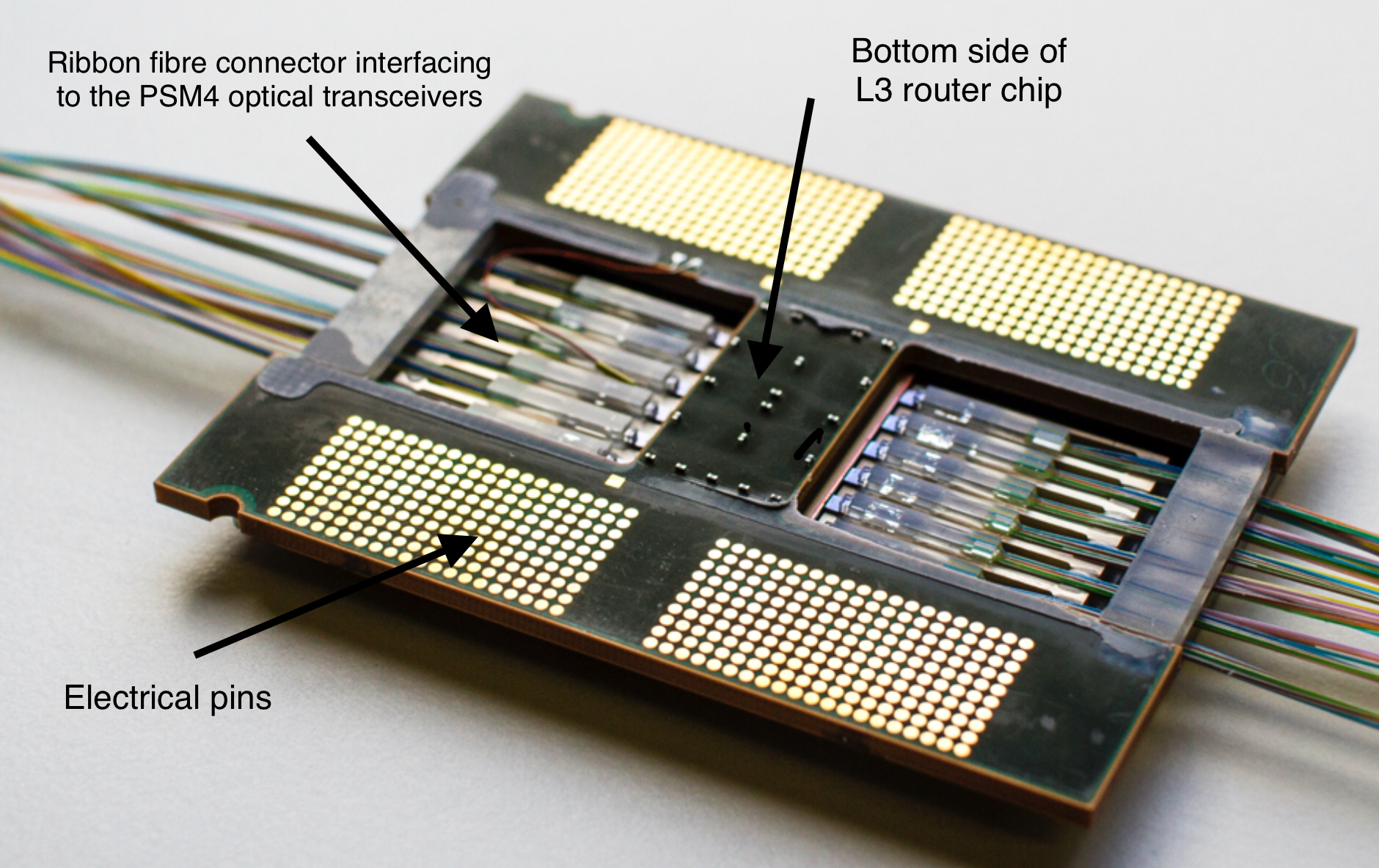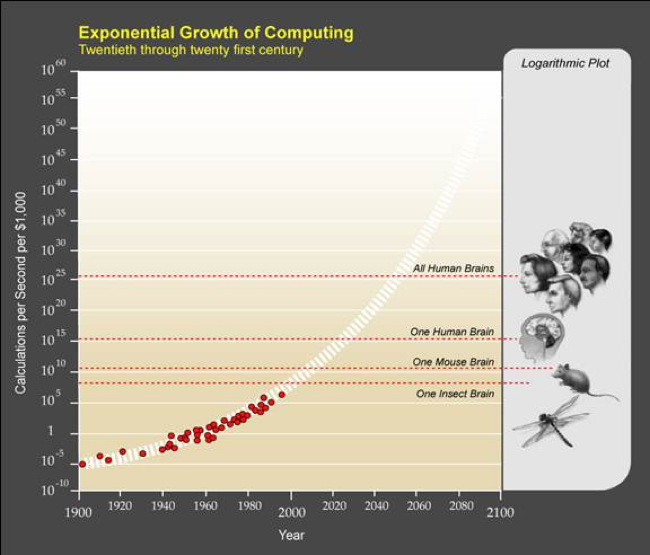Timepieces that tell you how you are
 Monday, April 12, 2021 at 3:16PM
Monday, April 12, 2021 at 3:16PM Apple is Rockley Photonics’ largest customer. So says Rockley in a document filed with the US Securities and Exchange Commission (SEC) as it prepares to be listed on the New York Stock Exchange (NYSE).
The Form S-4 document provides details of Rockley’s silicon photonics platform for consumer ‘wearables’ and medical devices, part of the emerging health and wellness market.
Andrew Rickman, Rockley Photonics’s CEO, discusses what the company has been working on and how a wearable device can determine a user’s health.
The first of several articles on silicon photonics-based biosensors for medical and other applications.
 Andrew Rickman
Andrew Rickman
Part 1: Consumer Wearables
Ever wondered what the shining green light is doing on the underside of your smartwatch?
The green LED probes the skin to measure various health parameters - biomarkers - of the wearer. Just what light can reveal about a user’s health is a topic that has preoccupied Rockley Photonics for several years.
Rockley is not solely interested in using the visible spectrum to probe the skin but also light at higher wavelengths. Using the infrared portion of the spectrum promises to reveal more about the watch wearer's health.
Rockley can also shed light on its own healthcare activities following the announcement of its merger with SC Health that will enable Rockley to be listed on the NYSE, valued at $1.2 billion.








